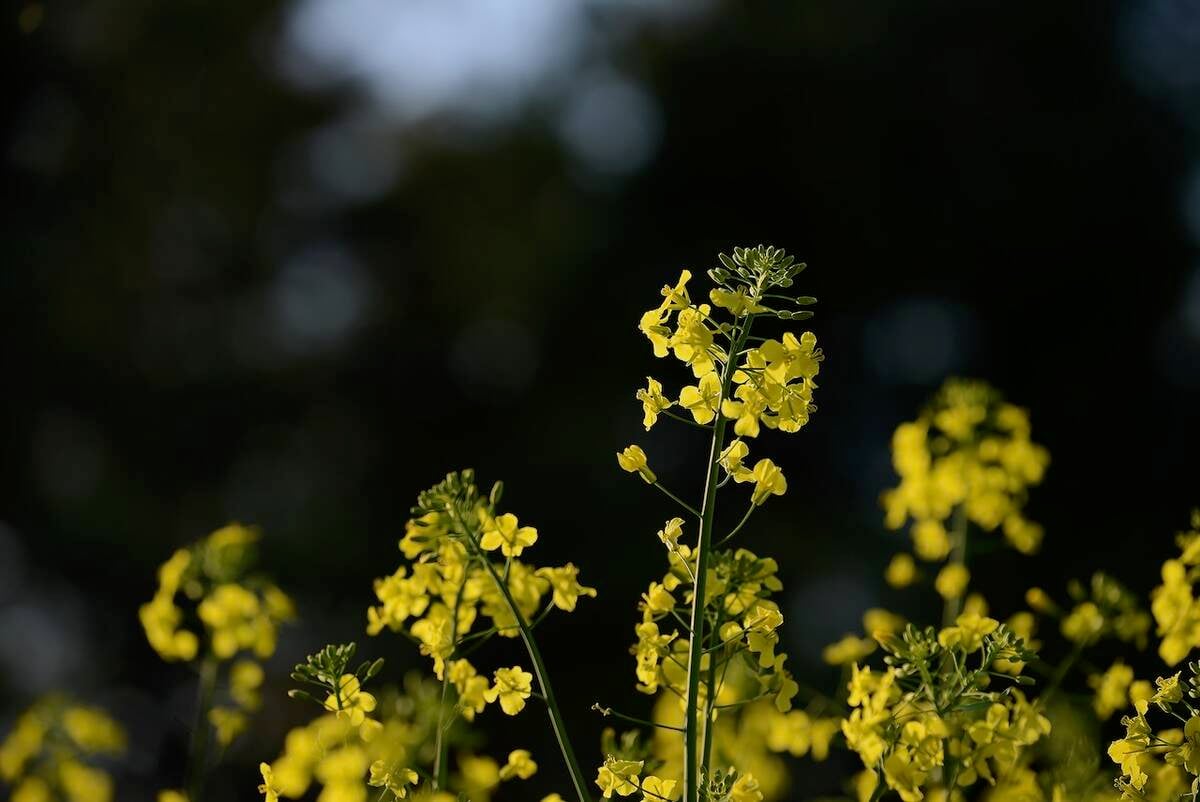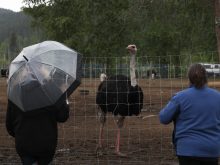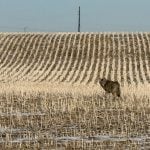It’s replete with orchards, vineyards and other farms, but the Okanagan can’t feed itself.
Assuming food grown in the region is first sold and consumed there, the Okanagan is 38 per cent self-sufficient, said researcher Kent Mullinix.
Local food consumption isn’t prioritized in the area, so actual self-reliance is maybe half that, he said.
Regions don’t need to be self-reliant to feed residents. However, researchers from the Institute of Sustainable Food Systems at Kwantlen Polytechnic University have demonstrated that regional food systems would provide significant economic benefits while operating alongside the current transnational food system.
Read Also

Canada agriculture minister says canola trade prospects are improving after China visit
Canada’s agriculture minister Heath MacDonald said in an interview on Monday his weeklong trip to China is evidence of bilateral relations beginning to thaw, something desperately needed by Canada’s farmers and canola exporters.
Mullinix presented some of that research during a March 20 webinar hosted by the Canadian Agricultural Policy Institute.
Mullinix and colleagues divided B.C. into seven ‘bioregions’ based on topography, plant and animal life, and culture. They then used data like the 2016 census of agriculture to model several different food system scenarios—e.g. status quo, increased population, reduced land base due to urban encroachment, dietary changes, etc.
Assuming an average Canadian diet, the Okanagan can currently produce 88 per cent of its dairy needs, Mullinix and colleagues wrote in a report on the study. It can produce 60 per cent of its poultry needs, 34 per cent of its fruit needs (due to fruits eaten that can’t be grown in the region, or are eaten out of season), and small amounts of other food groups like grains, red meat, eggs and oils.
Tree fruit and wine production is, meanwhile, very export-based and brings a lot of revenue to the region, Mullinix said.
Researchers found that if agricultural land use was optimized to produce food for the region, self-reliance could nearly double. If the wine grape and tree fruit sectors kept up exports as usual, 66 per cent reliance could be achieved.
If even more land was brought into production, researchers suggested 74 per cent self-sufficiency could be achieved while maintaining exports.
In all instances, economic benefits like income, GDP, jobs, and tax revenue “are consistently improved,” Mullinix said.
Modelling showed maximum economic benefits by building out a regional food system while maintaining the export sector. This scenario resulted in $217 million in GDP, up from $134 million produced in 2016. It added $11 million in tax revenue to the region.
“There’s room for both,” Mullinix said.
Modeling for the southwest B.C. bioregion, which includes metro Vancouver, the Fraser Valley, and sections north of Vancouver, saw similar economic outcomes from regionalization.
Mullinix said that eating more regionally produced food would make for a more resilient food system.
However, it would require a thriving post-production sector, “which doesn’t exist.”
He suggested regional food systems also could not exist without eliminating monopolies and oligopolies.
The report also acknowledged that regional food doesn’t inherently reduce environmental impacts. For example, the only scenarios that reduced food system emissions were either losing productive farmland or changing consumer diets to reduce consumption of meat and animal products.
However, regionalized food production brings those emissions “home,” the report said, increasing “our capacity to mitigate them through locally developed policies and best practices.”












